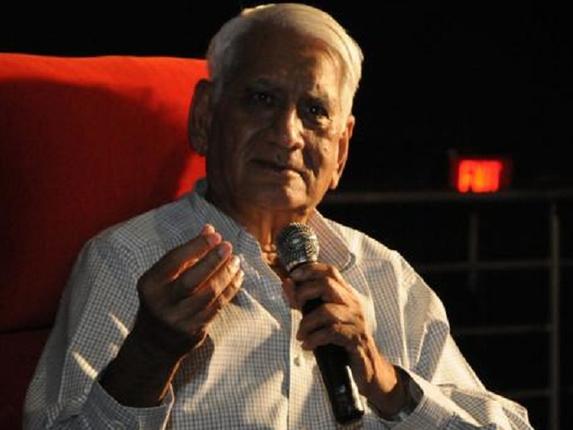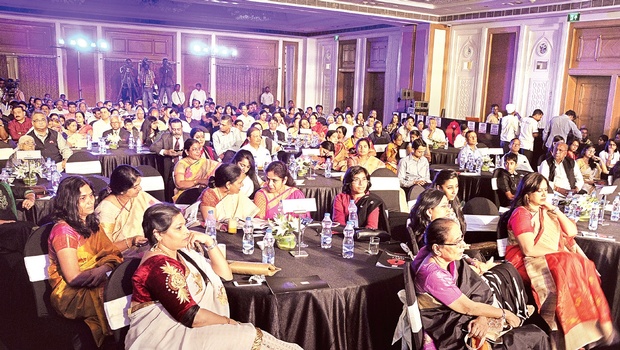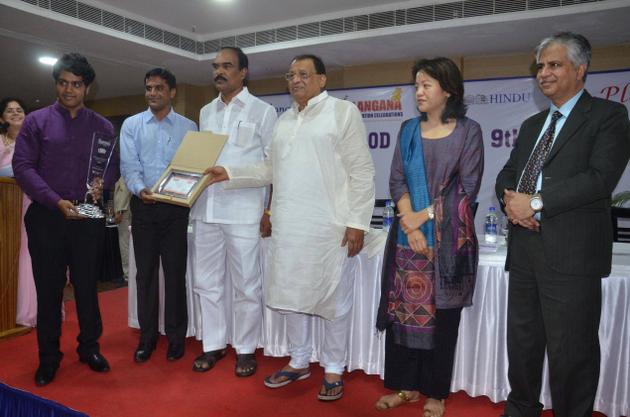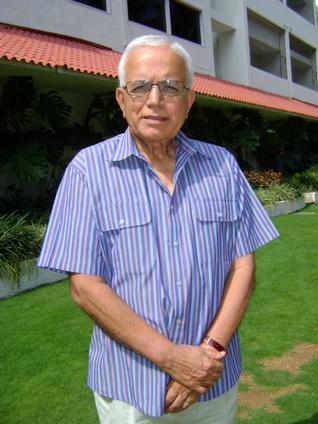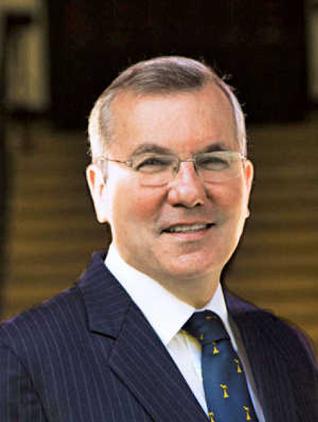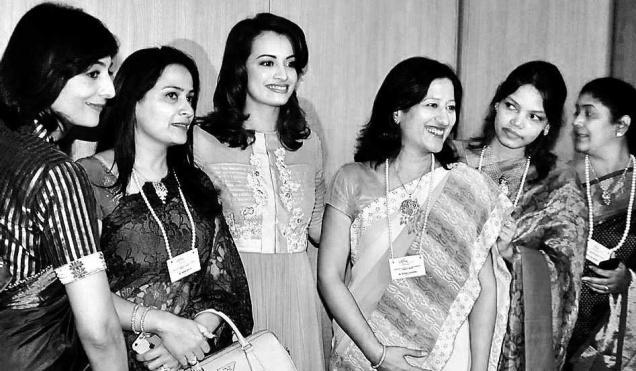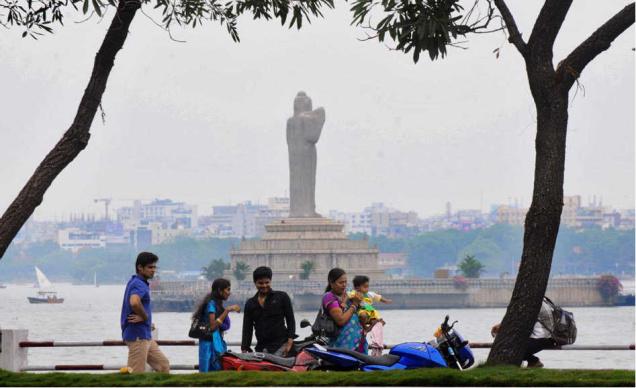
But for Charles Correa’s ideas, Hyderabad would not have been what it is today. Charles never forgot to joke that he had arrived too late in Hyderabad.
The city’s youth are in architect Charles Correa’s eternal debt. For, the seeds of his vision gave Hyderabad its favourite haunt in the modern day – The Necklace Road. It was in 1970s that Mr. Correa’s ideas for developing Hussainsagar lakefront were solicited by the State. The then newly-formed Hyderabad Urban Development Authority (HUDA), however, differed with the architect’s ideas.
V.K. Bawa, who headed the HUDA after it was formed, recollects that he and Mr. Correa differed on architectural matters but interactions with the latter and his peers of the time including B.V. Doshi and Laurie Baker helped him cultivate an understanding of architecture. Reminiscing about his interactions with Mr. Correa during his years in service, Dr. Bawa calls the latter “flamboyant”.
“Charles never forgot to joke that he had arrived too late in Hyderabad, when reminded by people that he should have seen the city during the Nizam era,” he said. Mr. Correa was born in Secunderabad in 1930, but his formative years were spent in Mumbai.
His professional association with Hyderabad began in 1963 when he designed a battery plant for Union Carbide. In 1965 came the ECIL Complex, a successful experiment for its time as it was said to have been designed to conserve energy, when energy conservation or the concept of ‘green buildings’ was decades away. More than two decades later, he designed the Jawaharlal Nehru Institute for Development Banking in Gachibowli.
Noted architect G. Srinivas Murthy terms this futuristic vision of Mr. Correa endearing to both students and professionals.
“We were awed as students given his stature in the profession. He was the first architect to think of architecture in the larger context. It was not just the building. Its utilisation, environs, policy and people were all part of his plans,” Mr. Murthy, who attended Mr. Correa’s funeral on Thursday, said.
In late 1990s, Mr. Correa was again approached by the erstwhile Andhra Pradesh to develop Hussainsagar’s lakefront. The government had several projects planned. He envisioned a lakefront for the common man. Though his ideas were not built up on, Mr. Murthy said the idea of space for public, with venues like People’s Plaza and Jal Vihar incorporate, were seeds of the famed architect’s vision.
source: http://www.thehindu.com / The Hindu / Home> News> Cities> Hyderabad / by Rohit P.S / Hyderabad – June 19th, 2015
